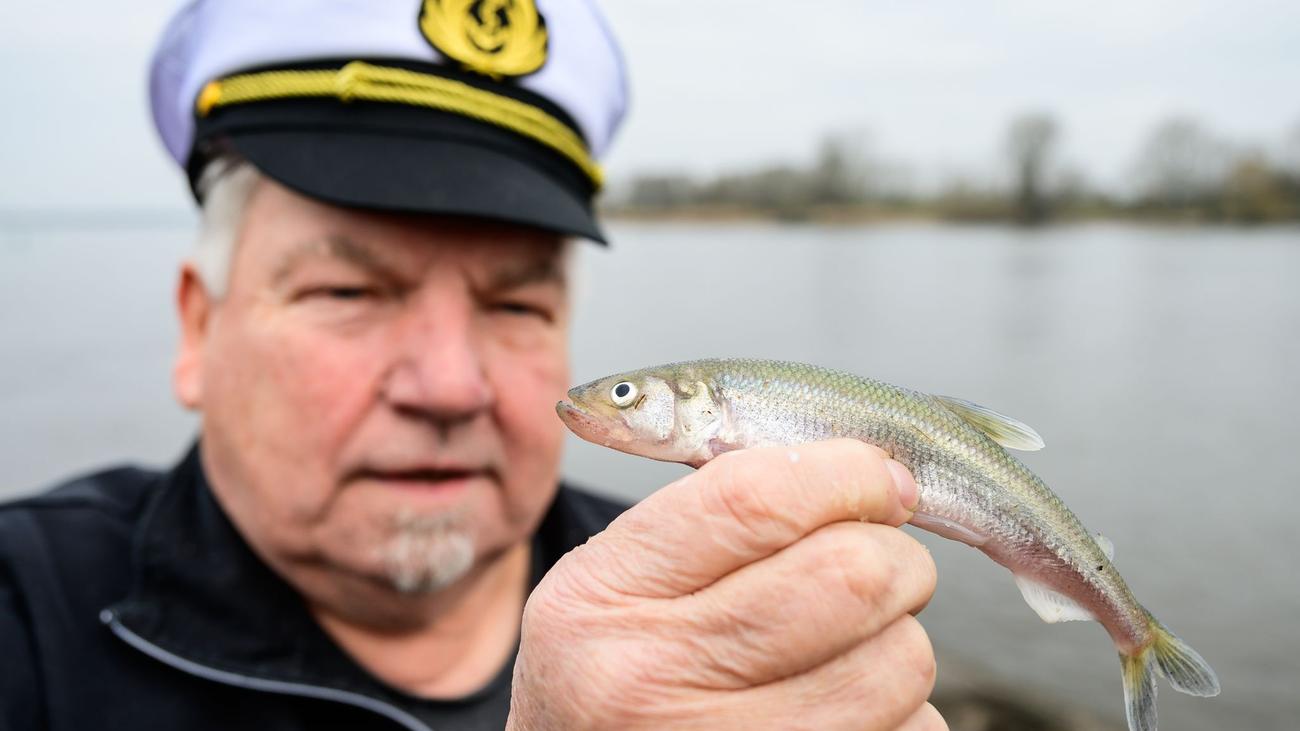
Stint Season Takes Off on the Elbe: A Family Tradition Faces Modern Challenges
The smelt season on the Elbe River is gathering momentum. "After the recent cold snap, when the Elbe was only 0.3 degrees Celsius, things are finally starting to pick up," says fisherman Wilhelm Grube from Hoopte in Winsen, in the Harburg district. "We’re already catching up to 230 kilograms a day."
Grube, the only remaining smelt fisherman east of Hamburg, ventures onto the water with his sons, Per (32) and Jonas (20), in their small boat. Throughout the afternoon, they empty dozens of green plastic fishing baskets, revealing the silvery catch within. However, the haul isn’t quite as bountiful as last year. "We had a ten-year high then, I’m not sure what caused it," Grube muses.
Compared to the times when Grube’s father and grandfather pursued smelt as a side job, the yield of this delicacy is significantly reduced. "There used to be so, so much more. What’s left in the Elbe today is a joke in comparison," the 69-year-old explains. He believes the water between Cuxhaven and Hamburg has become too silty due to the dredging of the Elbe for shipping. In the past, the surplus of these elongated, silvery fish was even plowed into the fields as fertilizer.
The smelt season typically runs from mid-February to mid-April. During this period, schools of smelt migrate from the North Sea into the Elbe and Weser rivers to spawn. Battling against the current flowing from Dresden, these salmon-like fish, reaching around 20 centimeters in length, embark on their upstream journey.
The lingering effects of the Corona pandemic, which prevented tour buses from reaching Grube’s restaurant on the Elbe dyke, are now behind them. In addition to takeout service, the restaurant is open from Thursday to Sunday. While before the pandemic, all 400 seats were often occupied during the season, the Grubes are now starting smaller. Many families with children have been frequenting the restaurant on weekends lately, a welcome sign of renewed normalcy.
Two years ago, Grube brought his sons, both trained fish farmers, into the business and established a joint company. "It’s wonderful to have them here. Eventually, they’ll take over completely," the Elbe fisherman shares his plans. He wants to give them the freedom to grow and allow the business to evolve with new ideas. "They need to develop their potential." Per spends several months of the year in Canada, fishing for lobster, bringing international experience back to the family operation.
This season, the business plans to remain open at least until Pentecost in early June. After the smelt season concludes, they will focus on catching eel and flounder from the Elbe. Six seasonal workers process the fish and assist with service in the restaurant. A Polish employee remains with the family business year-round, providing valuable continuity.
The story of Wilhelm Grube and his family is more than just about catching fish; it’s a portrait of a multi-generational business facing the challenges of a changing environment and evolving consumer habits. The dwindling smelt population, attributed to the increased siltation of the Elbe, underscores the environmental impact of human activities, particularly large-scale infrastructure projects like river dredging. This environmental shift forces fishermen like Grube to adapt and innovate to maintain their livelihoods.
The pandemic also presented a significant hurdle. The reliance on tour bus traffic for a substantial portion of their business meant a dramatic drop in revenue during lockdown periods. The Grube family’s resilience in pivoting to takeout services and catering to local families demonstrates their ability to adapt to unforeseen circumstances. This adaptability is crucial for the survival of small, family-owned businesses in a dynamic economic landscape.
Furthermore, the integration of Per and Jonas into the family business represents a crucial step in ensuring its longevity. Their formal training as fish farmers brings a modern perspective and skills to the traditional practice of smelt fishing. Per’s experience in the Canadian lobster industry introduces new ideas and techniques that could potentially be applied to the Elbe fishery. Wilhelm’s commitment to giving his sons autonomy to implement their own vision for the business showcases a willingness to embrace change and foster innovation.
However, the future of the Stintfischerei Grube remains uncertain. The dwindling fish populations, the fluctuating tourism industry, and the inherent risks of relying on a seasonal harvest all pose ongoing challenges. The Grube family’s ability to navigate these obstacles will depend on their continued adaptability, their commitment to sustainable fishing practices, and their success in attracting and retaining a loyal customer base.
The story serves as a reminder of the importance of supporting local businesses and preserving traditional livelihoods in the face of globalization and environmental change. The Stintfischerei Grube is not just a business; it is a cultural institution, a symbol of the Elbe River’s rich history, and a testament to the enduring spirit of a family dedicated to their craft. The success of the Stint season, therefore, is not just a matter of financial gain but a reflection of the health of the Elbe ecosystem and the vitality of the communities that depend on it.
